posts
|
For 2 weeks in May, I had the privilege to travel to Germany to teach at the European School of Culture and Theology, but while there, I couldn't resist the opportunity to explore some of Germany's rich Reformation church history and learn more about its most famous contributor Martin Luther. During some days off, I traveled to Wittenberg where Luther lived, taught at the university, and ultimately launched the German Reformation from there by nailing his 95 theses to the castle church door at Wittenberg (above). Sometimes pictures say much more than our words can; so below are some choice photos from Wittenberg with a brief description. This (above) is an early copy of Luther's 95 theses. Notice that they are written in Latin--the lingua franca of 16th century German scholars--and not intended to be a popular treatise. That changed, however, when they were translated into German and distributed around the country. Though this was not the first time Luther had nailed theses to the church door (the community bulletin board for idea exchange), it was the first time that he mentioned money and the sale of indulgences, which certainly drew the attention of church leaders. Luther was a prolific author and his sermons, treatises, and books were circulated around Germany and Europe and served to stoke the Reformation. Here is the book room of Lutherhaus in Wittenberg where many early editions of his works are on display. Luther's books and thoughts were circulated quickly by this 15th and 16th century form of cutting edge technology--the printing press. This is the courtyard of Lutherhaus. Originally it was an Augustinian monastery that also housed the University of Wittenberg. With the advent of the Reformation, Luther acquired the house where he lived with his wife Katarina von Bora, their six children, and many other foster children and guests. This was the dining area of their house where many post-meal time discussions (table talks) took place. These theological discussions were recorded and later published. The Wittenberg common chest. According to the Lutherhaus museum: "In 1522, the town council of Wittenberg establishes the common chest through a Reformation town ordinance: All church income is collected under one administration, equally shared by the town council, community, and pastors. The care for the poor and sick is paid from it. Low-income craftsmen are granted loans with favorable interest rates. Low-income parents are also given financial support so they can afford to send their children to school or university, respectively."
Rob MacReynolds
6/10/2014 10:14:33 am
Thank you for pictures/tour and a good brief read. It's amazing how Augustine's influence impacted Luther's homeland across the miles in Wittenburg.
Ed
6/10/2014 09:24:13 pm
Thank you Rob. Yes, things like living in community, table time discussion, and a high view of Scripture are immediate parallels. Of course, Luther was originally an Augustinian monk so much was gleaned there from Augustine. Thanks for reading. Comments are closed.
|
Archives
November 2023
|
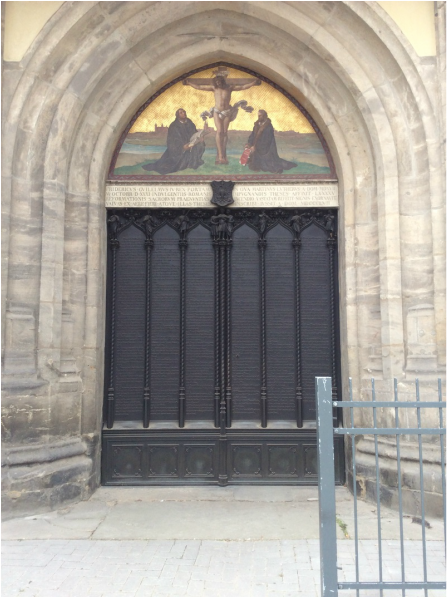
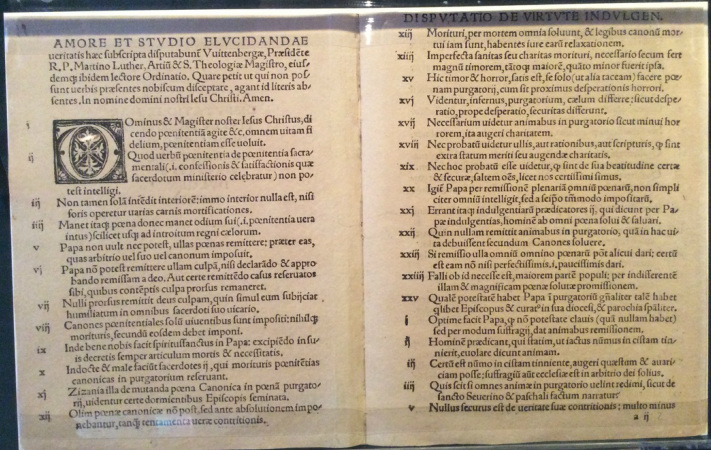
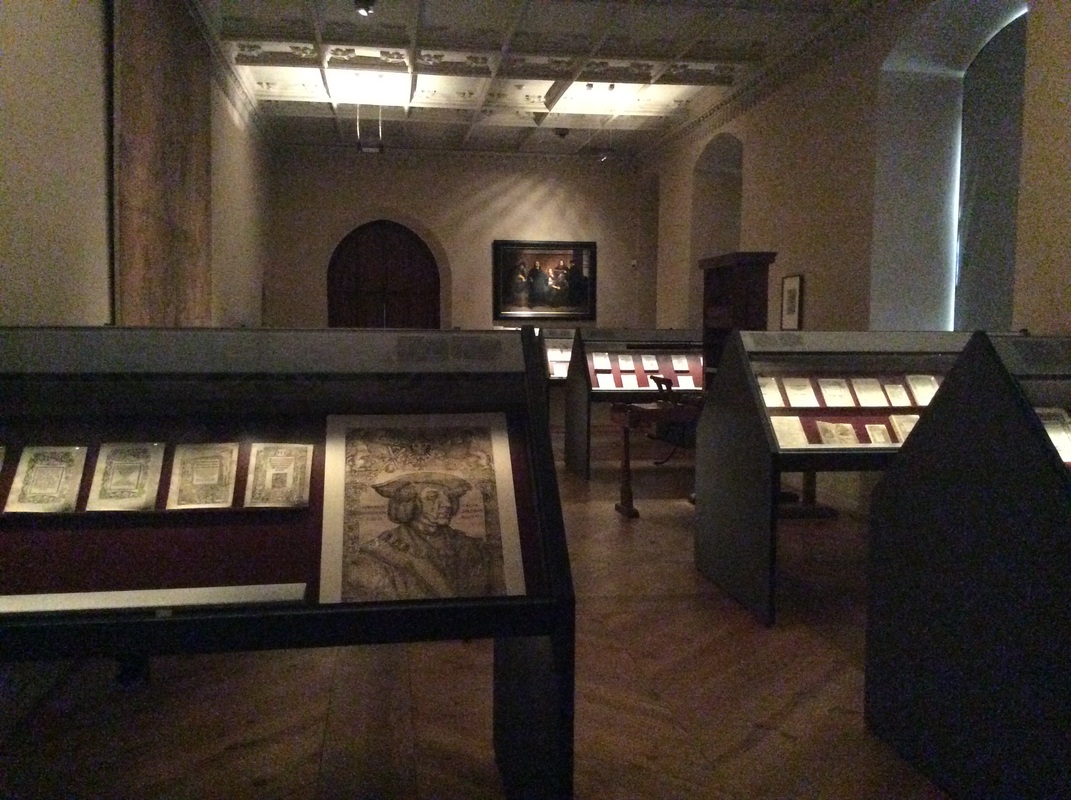
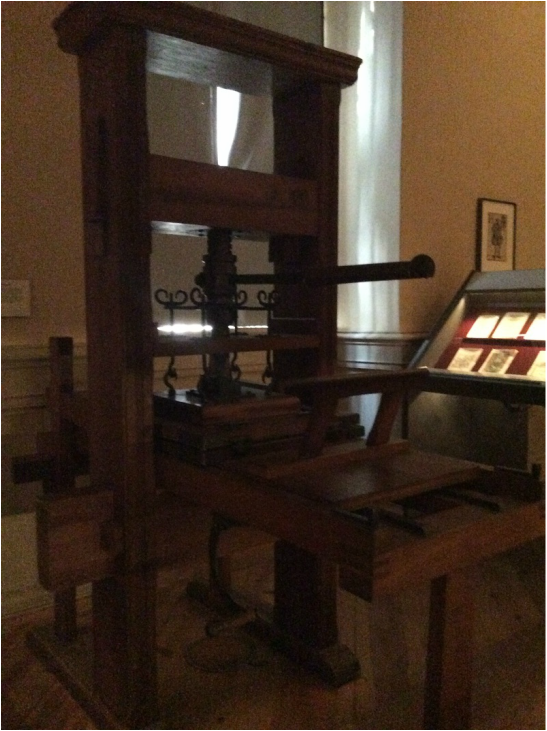
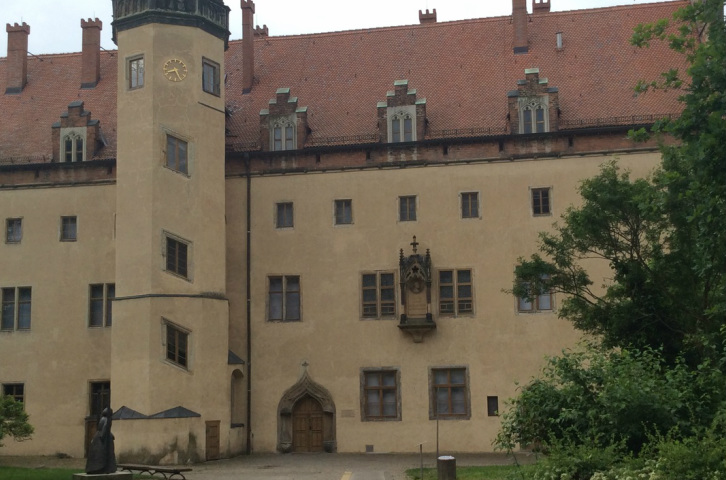
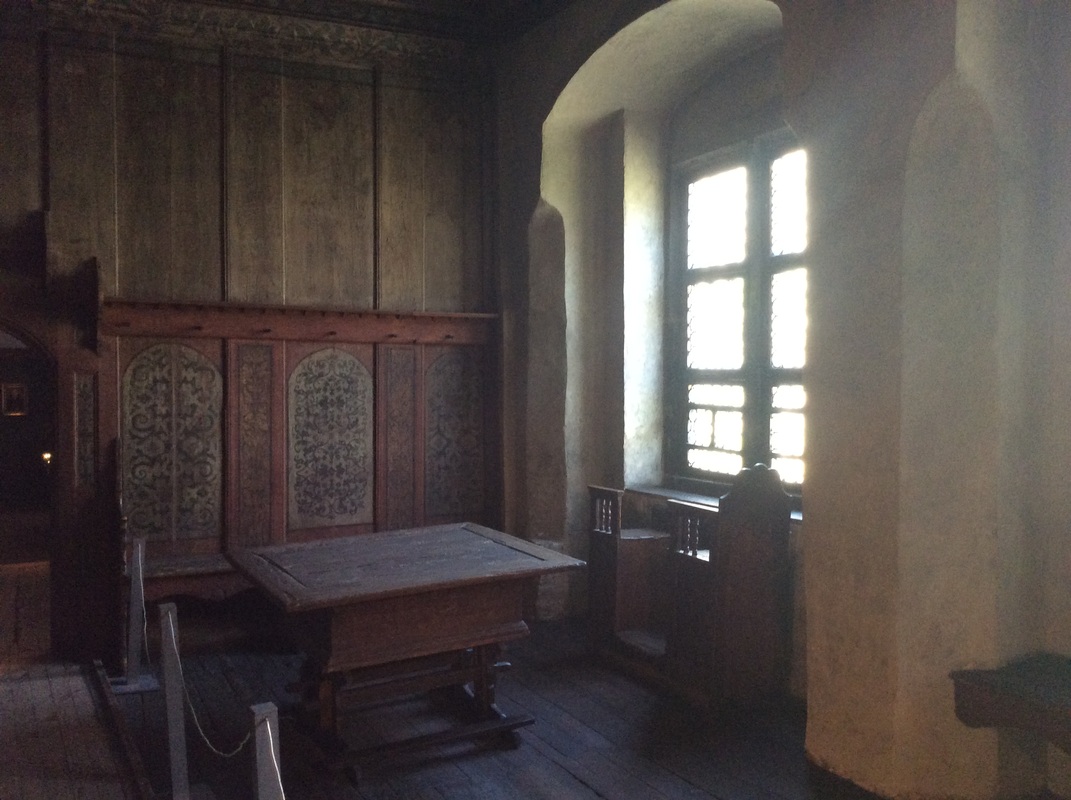
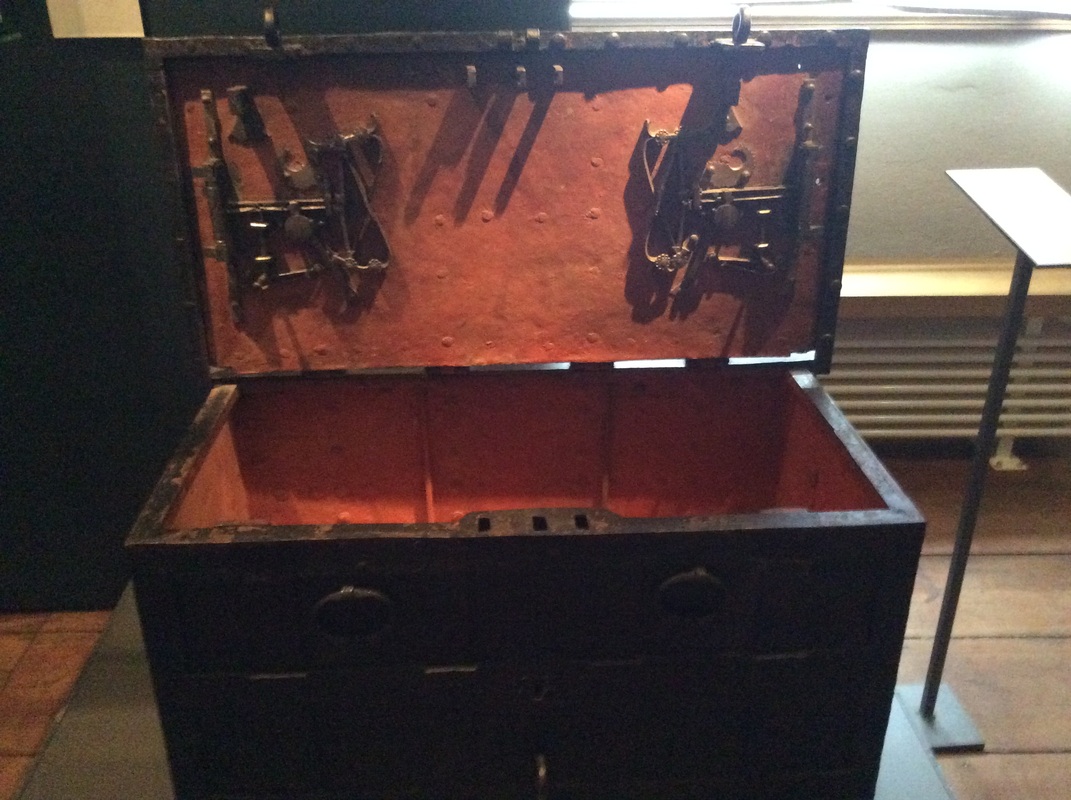
 RSS Feed
RSS Feed
